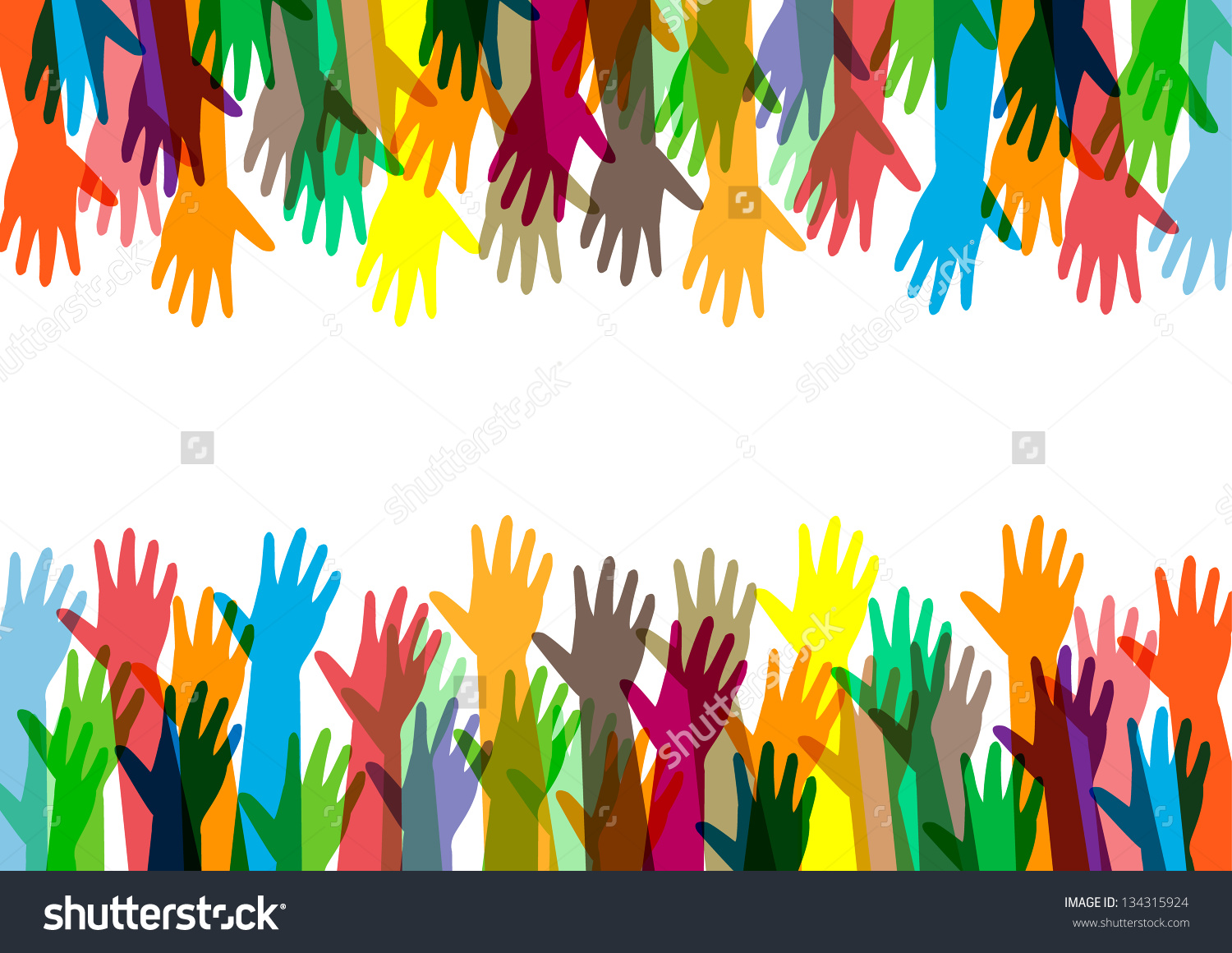Cultural diversity is an intricate fabric woven from the myriad threads of human experiences, languages, beliefs, and customs that exist throughout the world. Respecting and appreciating this complexity fosters an environment of inclusivity, tolerance, and understanding. One particularly engaging medium through which cultural diversity can be celebrated is clip art. In this digital age, clip art serves as a powerful visual tool that can convey messages of respect and unity among diverse cultures.
Clip art, with its amalgamation of symbols, illustrations, and images, can encapsulate profound concepts in an easily digestible format. A visual representation can often convey messages more powerfully than plain text, leading to a deeper emotional resonance with viewers. This becomes particularly significant when discussing themes of cultural diversity and respect. Clip art depicting cultural nuances can not only highlight the beauty of different traditions but also spotlight the inherent connections that unite us as a global community.
Observing the proliferation of cultural diversity clip art reveals a salient truth: humans have a natural inclination toward visual storytelling. Each image carries implications about social dynamics, historical contexts, and interpersonal interactions. While an image of a diverse group of people—hands of various skin tones joined together, for instance—may initially seem simplistic, deeper analysis often uncovers layers of meaning. The visual juxtaposition of different cultures often serves as a metaphor for collaboration and coexistence, highlighting an underlying respect for the vibrant spectrum of human existence.
This inclination towards visual representation can be attributed to several psychological factors. Research indicates that humans are inherently visual learners, meaning that images can facilitate learning and cognition more effectively than words alone. Consequently, cultural diversity clip art resonates emotionally and intellectually with audiences. Such illustrations summon curiosity and appreciation for different cultural practices, thus prompting viewers to engage with and question their own biases. In a world fraught with division and misunderstanding, this engagement represents a powerful conduit for social change.
Moreover, cultural diversity clip art serves an educational purpose. It can be a catalyst for dialogue, enabling discussions surrounding culture, race, ethnicity, and community narratives. Schools and educational institutions recognize the utility of clip art in visual learning environments. Educators often employ these images to initiate conversations about respect and empathy among students. This not only fosters awareness but also cultivates the values of inclusivity and respect from a young age, laying the groundwork for a more harmonious future.
In addition to its educational implications, cultural diversity clip art has found significant application in advocacy and activism. Nonprofit organizations and community groups often rely on visual media to promote messages of solidarity and respect across cultures. Through eye-catching illustrations, these entities can attract attention to social issues such as racial injustice or cultural appropriation. In this way, clip art can serve a dual purpose, both beautifying publications while simultaneously confronting complex socio-political realities.
The presence of cultural diversity clip art extends into the digital realm, where social media plays an increasingly pivotal role in shaping societal attitudes. The viral spread of images celebrating diversity can serve as a unifying force, providing a platform for marginalized voices. When users share clip art that reflects their cultural identity, they not only assert their presence but also invite others to acknowledge and respect it. This democratization of representation reinforces the idea that every culture contributes uniquely to the mosaic of society.
Nonetheless, it is crucial to approach cultural diversity clip art with authenticity and respect. Oversimplification or misrepresentation can obscure the rich narratives associated with various cultures. This phenomenon, often referred to as cultural appropriation, underscores the necessity of sensitivity when depicting diverse groups. Artists and illustrators must strive to create representations that honor the complexities of cultures rather than reduce them to stereotypes. Careful consideration must be given to the origins of symbols and images, ensuring that they are utilized in ways that respect their cultural significance.
Furthermore, as consumers of clip art, individuals have a responsibility to engage critically with the images they encounter. Recognizing the context and history behind certain illustrations can foster a more profound respect for the cultures they represent. This analytical approach can also inform the decisions made when selecting clip art for educational materials or advocacy campaigns. In essence, a thoughtful evaluation of cultural diversity images can help mitigate the potential for reinforcing stereotypes and promote more meaningful engagement.
In conclusion, cultural diversity respect clip art serves not only as a vehicle for artistic expression but as an essential tool for promoting understanding and dialogue among diverse populations. In appreciating the interplay of diverse cultures through visual representation, we can uncover deeper insights into our shared human experience. As we navigate a world increasingly marked by division, embracing this variety through visual means not only highlights the importance of respect but also reinforces the notion that cultural diversity is to be celebrated rather than feared. By nurturing our fascination with the vibrant tapestry of global cultures, we lay the foundation for a more inclusive and respectful society.
